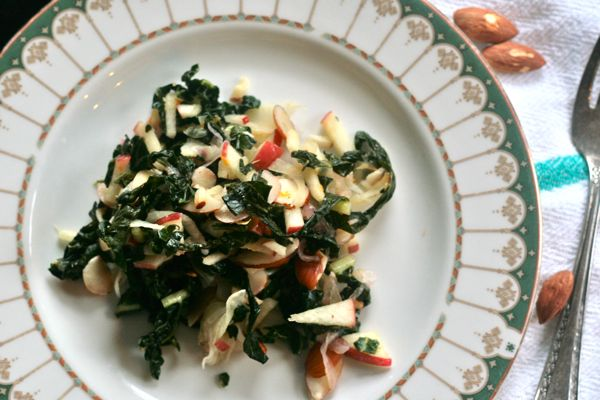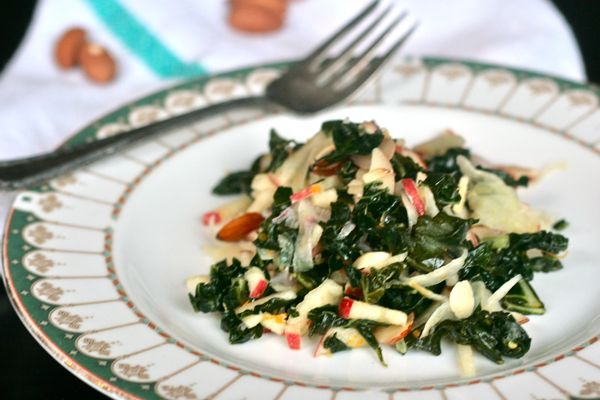Last night I watched Jiro Dreams of Sushi, which chronicles master sushi chef Jiro Ono and his tiny 10-seat sushi only restaurant located in the basement level of a Tokyo highrise in the bustling Ginza business district. Have you seen it? You should.
Also of note, I watched via Amazon Prime, for which after living in China I will forever be grateful for fast internet speeds.

The movie is, to put it rather simply, a spotlight on one aging man’s lifelong quest for gastronomic perfection. Jiro’s 85-year-old, tortoise-like face exudes wisdom in every expression, even the nods that he gives. There’s much praise for his 3-star Michelin rated restaurant, given throughout the movie, but there’s also some fairly sad bits to the story as well. Like when he talks about how he wasn’t really around much for either of his two sons’ childhoods, or when the movie takes a turn and is suddenly more about how his elder son, working by his father’s side for the last 30 or so years, will seemingly never receive the praise that he deserves.

But through it all the main message of the movie is clear: the quest for perfection in food and art is a lifelong pursuit. It requires work and lots of passion. It perfectly exemplifies a lot of traditional Japanese culture: a dedication towards art and appearance, the mastery of organization and cleanliness, a lifelong pursuit of perfection, as well as sacrifice…all in the name of work.
Food films always hit a sweet spot in me, and one line particularly stood out. About twenty minutes into the short 80 minute film, Jiro says
“In order to make exceptional food, you must eat exceptional food”
Gahhhh! So simple, but such a bold statement. Jiro goes on to explain that one must hone ones sense of taste in order to know what good food is. He continues, saying that if your taste is subpar, how will you be able to impress your customer?

I really love this idea, that you can only learn by doing.
It’s no happenstance that people will indulge their senses for things they are passionate about. Those who are in the fittest of shape exercise daily. The greatest artists are the ones who attend every art opening. Those who are scientific geniuses (like my Dad) study up on the most up-to-date sciences, and are constantly reading and learning (my Dad took a Molecular Biology class through a local Extension when I was taking Biology in High School, simply because my curriculum made him miss it. I got a C in the class, and I’m sure he aced his). Those who are great cooks love good food and restaurants.

With regard to eating, in our American culture, we are taught restraint at the dinner table. As a mass, we tend towards gluten allergies, peanut allergies, fruit allergies, and dairy allergies. We moderate our habits and try not to look like a pig at dinner parties. We gladly eat the meatiest parts of animals but often discard the fat, bones, and gelatinous particulars. And gosh, I’m certainly guilty: I cleansed over Christmas!
I’ve never met a chef or cook who didn’t like to eat, or who practiced self-restraint at any meal. Frankly, a lof of cooks don’t practice restraint in many things, which is one reason I like them. Others I meet who are deeply involved and committed in the food industry and to food service are the same way – give them a tasting menu and they’re happy, tell them to eat anything and they’ll do it (or, at least consider it).
I’m a good cook, sure, but there’s always room to improve. I’m always looking to make new recipes and better the ones in my stable. Taking Jiro’s advice, I guess I’d better keep eating well. That’s certainly some advice I don’t mind following.
(movie images c/o NY Times and cinekatz.com)

Kale Salad
- 1 bunch kale
- 1/2 red onion
- 1 lemon
- 1-2 Tbsp. kosher salt
- 1 apple – gala or fuji work best, but any kind is ok.
- 1 bulb fennel
- 1/4 cup slivered almonds
- olive oil
- fresh ground pepper
- Rinse kale thoroughly and remove the tough stems and ribs. Cut kale leaves into thin, 1/8-inch ribbons. Thinly slice red onion (preferably using a mandoline). Toss with kale in a large bowl, and squeeze the juice of an entire lemon. Add a liberal dose of salt. Cover bowl, and set in the refrigerator for at least 3 hours (or more, even leaving it overnight will be fine).
- Take the kale out of the fridge and toss with your hands. Squeeze excess liquid from kale and transfer to another bowl. Slice apples and fennel into thin matchsticks (again, using a mandoline works best). Dress salad with extra-virgin olive oil, and some fresh pepper. Taste, and salt again if necessary. Add almonds and toss.
- Serve immediately, or cover and chill in fridge until ready to serve.
yield: 3-4 servings








